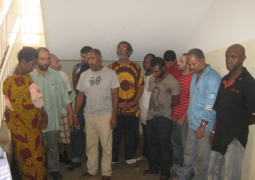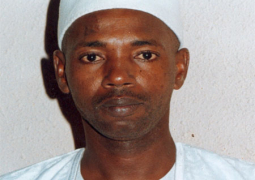This was initially planned for 30 March 2015, but the Central Bank of The Gambia (CBG) experienced some teething problems as regards publicity printing materials, which delayed its issuance till 15th of this month.
In February, this year, the D20 Gambian banknote was successfully introduced.
We believe that the new D200 banknote has finally been introduced also, as there has been no word from the CBG saying otherwise.
If all goes as planned, this is a landmark achievement by the government and the country as a whole.
However, it should be noted that this comes with a huge cost to the country’s coffers, as well as raising a bar that offends price rise and inflation, in respect of the introduction of higher denomination.
On the other hand, there could be very good reasons for changing the features of the country’s legal tender, if its durability, malleability and portability are found wanting or are causing huge cost and loss to the nation over its maintenance.
In any case, money must meet the requirements and qualities that make it a legal tender. Whether it is mere paper or polymer, its introduction, circulation and quality come with some cost, or downsides that could create some qualms in society.
In the case of the new polymer currency notes introduced in The Gambia, we are aware that Thomas De La Rue, the firm that printed the new Gambian polymer D20 banknote, is the same firm that printed the polymer banknotes for Nigeria a few years ago – the Twenty and Ten Naira notes especially. And we understand that many Nigerians are still finding it very difficult to come to terms with it.
Whilst we are somehow excited about the introduction of the new polymer notes in The Gambia, we should also be ready to learn from its use.
Money has salient features and value that give it intrinsic qualities different from the ordinary. These qualities and features are what make it known as money or legal tender fit for use within any jurisdiction, which the central authority responsible for the issuance of money in a country approves and endorses.
Some of the qualities of money are acceptability, portability, durability, divisibility, malleability, homogeneity, and cheap maintenance cost.
We hope and pray that the new polymer currency notes being introduced in The Gambia meet our expectations.
“Money makes your life easier. If you’re lucky to have it, you’re lucky.”
Al Pacino




